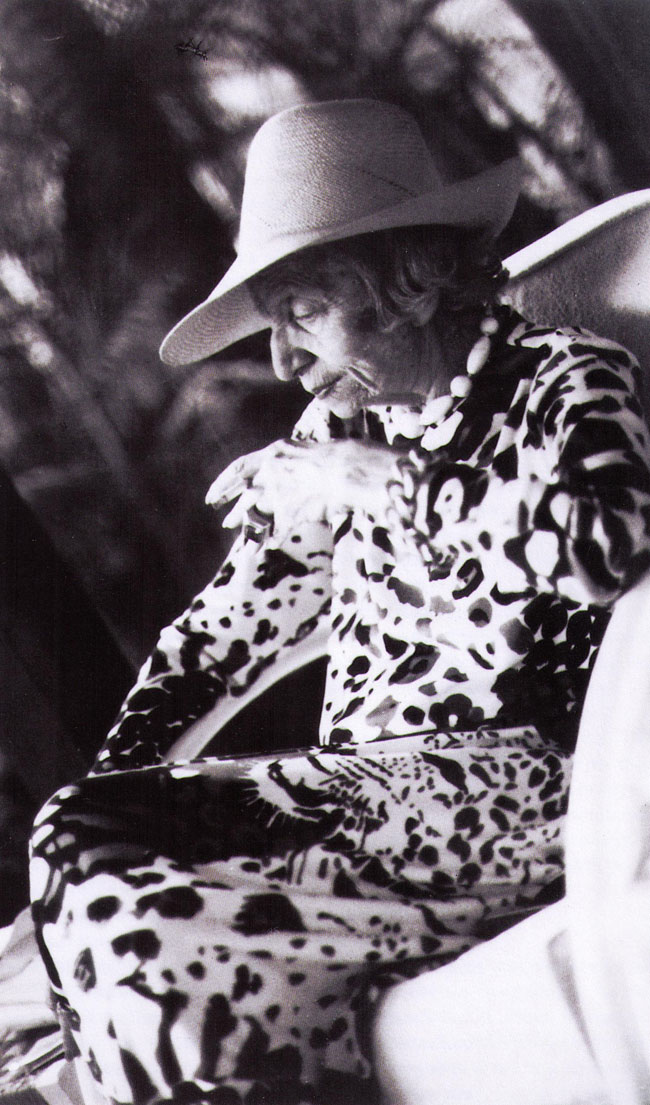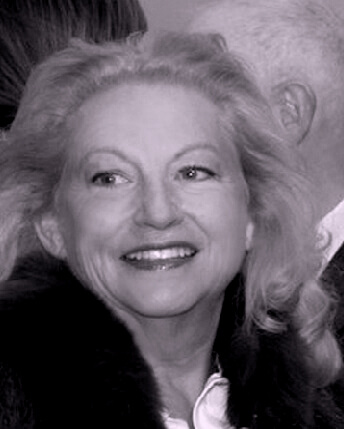Victoria
de Lempicka

Tamara in Mexico as grandmother, 1974

Victoria de Lempicka
„I was the first woman, who did clear painting and that was the success of my painting and the galleries began to put me in the best rooms, always in the center, because my paintings attracted people. It was neat; it was finished.“
Tamara de Lempicka
Tamara & Italy
by Victoria de Lempicka, granddaughter of Tamara de Lempicka, President Tamara Art Heritage
Following remarkably successful exhibits in Japan, London, Vienna, San Francisco, Paris and Galicia as well as Rome in 1994 and Milan in 2006, it is a great honor to present to a new Italian public the works of Tamara de Lempicka. We are grateful to the insightful books of Gioia Mori and Franco Maria Ricci who have helped to establish Tamara in the pantheon of the world’s great artists. Although she was born in Warsaw and educated in St. Petersburg and Lausanne, Tamara´s heart danced with life and breathed with new found energy when she was in Italy. She first visited when she was about ten years old with her grandmother and she fell in love with Italy and all things Italian ever since. Her young artist´s soul was indelibly imprinted with the ecstasy and admiration she experienced contemplating the colours and skillful execution in the paintings of Botticelli, Pontormo, Michaelangelo, and Fra. Fillipo Lippi. We are in awe of her work today because she created a unique and personal expression: a synthesis of Italian classism of the Quattrocento with the curved volumes of Futurism´s Marinetti. In her twenties at the Grand Chaumier in Paris she was exposed to giants of the avant-garde like Picasso, Braque, and Leger, but she stayed faithful to her Italian memories of, „clean colors” and „sensual forms.”
Tamara’s first solo show was hosted by Count Emmanuelle Castelbarco in Botegga di Poesia in Milan in 1925. She was then commissioned to do a portrait of Gabriele d’Annunzio and executed the magnificent portrait of Guido Sommi Picenardi. We often visited Princess Pigniatelle, Guido’s wife in Tamara’s beloved Venice when we stayed at the Palazzo Mocenigo, Lord Byron’s villa. I vividly remember dining on the Venetian island of Torcello with Peggy Guggenheim, the founder of the Guggenheim Museum. Tamara rejoiced: „the best tagliatellis in the world!” and Peggy concurred.
Tamara’s works from the 30’s and 40’s like the „Refugees” and „Old Man with Guitar” show her profoundly felt empathy for the dispossessed during the Spanish Civil War and the dawning Nazi period.
In the 50’s Tamara would escape Paris to bask in the brilliant sun of Capri. She delighted in the food, fashion and charm of Italy and the Italians. There she painted the portrait of Francoise Sagan and luxuriated in the baths and took the cures of Abano. Gabrielle Mandel wrote about this period in his 1957 monograph.
In the 60’s she was inspired by Pompeii murals and worked with pallet knife to recreate the warmth and texture of those ruins which so touched her emotionally. Together we contemplated the figure of the „Man Eating Bread” remembering how their world was destroyed in an instant as Vesuvius suddenly erupted. Tamara felt great sympathy for the figure which reflected her own cataclysmic life experience when her world came thunderously crashing down around her in the St. Petersberg Revolution of 1918.
Her final chapter in Cuernavaca Mexico was sweetened by her friendship with her majesty Marie Jose di Savoia, the last Queen of Italy. A polyglot woman of the world, Tamara spoke Polish, Russian, French, German, English, Italian and was learning Spanish. She often mixed Italian and Spanish with her devoted household staff in Tres Bambus her villa in Cuernavaca. She would ask them to set the „tavola”, on the “terraza” so we could dine with a view of Popocatepetl bringing vividly to our collective memories the majestic beauty and profoundly sad memories of one other of nature’s magnificence Vesuvius.